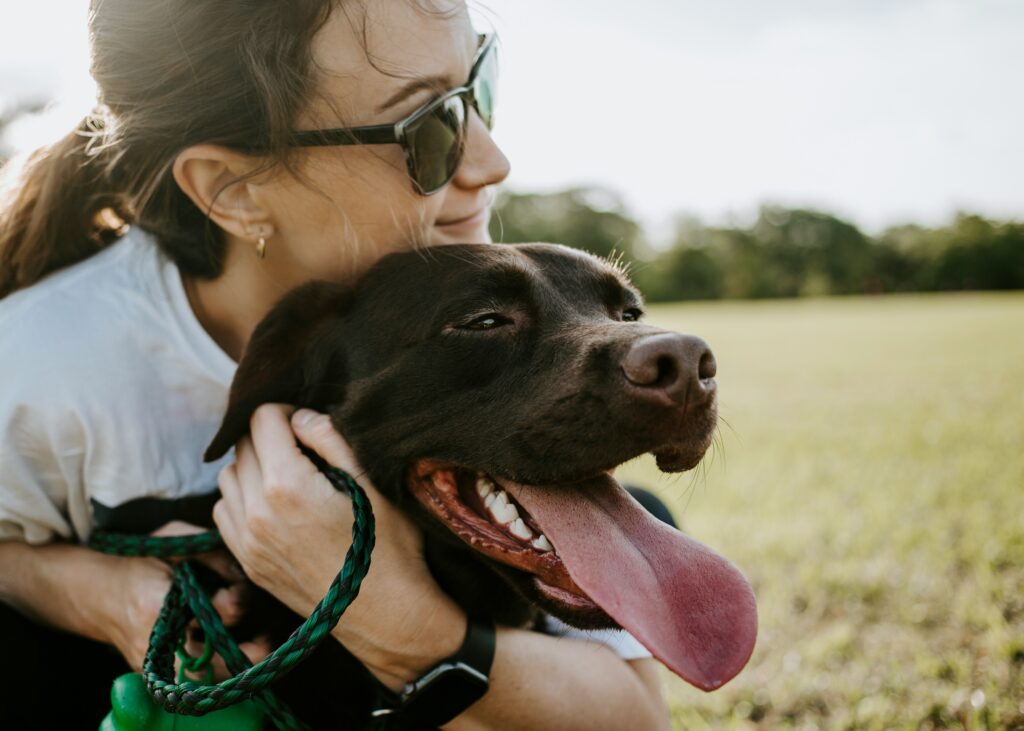If you’ve ever experienced a tough day and found your furry friend by your side, you know that pets have an incredible knack for sensing our emotions. Whether it’s a wagging tail during moments of joy or a gentle nudge when you’re feeling down, pets seem to know just how to respond to our moods. But what’s the science behind this remarkable ability? Let’s delve into how pets sense our emotions and the fascinating ways they connect with us.
The Bond Between Humans and Animals

The connection between humans and animals has been nurtured over thousands of years. This long-standing bond has evolved to a point where many pets can read human emotions remarkably well. Studies show that dogs, for instance, have developed social intelligence that allows them to interpret our facial expressions, tone of voice, and even body language. This understanding stems from their close relationship with humans, making them attuned to our emotional states.
Dogs and Their Amazing Sensory Skills
Dogs are particularly renowned for their ability to sense human emotions. Their acute sense of smell plays a crucial role in this. Research indicates that dogs can detect changes in human body odor that occur during emotional shifts, such as stress or anxiety. When we experience heightened emotions, our bodies release specific pheromones—chemical signals that can be detected by our pets.
Additionally, dogs have a remarkable ability to interpret human facial expressions. A study published in the journal Frontiers in Psychology found that dogs can distinguish between happy and angry faces, demonstrating their capacity to recognize and respond to our feelings. This innate understanding helps them react appropriately, whether by offering comfort or engaging in play.
Cats and Their Subtle Sensitivity
While dogs often take the spotlight, cats also possess an impressive emotional intuition. Although they may not express their empathy in the same overt way as dogs, research shows that cats can sense their owners’ moods through subtle cues. For example, cats are known to pick up on changes in our voice, posture, and behavior.
Cats often display their understanding through actions like sitting close to you when you’re feeling low or purring softly to provide comfort. Their intuitive nature allows them to gauge when their owners need affection or space, showing that they can be just as emotionally aware as their canine counterparts.
The Role of Oxytocin in Bonding

One fascinating aspect of the human-animal connection is the role of oxytocin, often referred to as the “love hormone.” This hormone is released during moments of bonding, such as petting your animal or when they curl up next to you. Studies have shown that the presence of pets can elevate oxytocin levels in both humans and animals, strengthening the emotional bond between the two.
This hormonal exchange creates a feedback loop: as we feel more connected to our pets, they become more attuned to our emotions. This interaction fosters a deeper understanding and responsiveness to each other’s feelings, enhancing the overall bond.
Pets as Emotional Support
The ability of pets to sense and respond to human emotions has led to their increasing role as emotional support animals. Many individuals find comfort in their pets during challenging times, whether due to stress, anxiety, or depression. Pets provide an unwavering source of companionship and love, offering a sense of stability in uncertain moments.
Therapeutic settings often incorporate animals to help individuals cope with emotional challenges. Animal-assisted therapy has shown promising results in reducing symptoms of anxiety and depression, further highlighting the powerful impact pets can have on our emotional well-being.
Training for Emotional Awareness
Some service animals undergo specialized training to enhance their emotional awareness and support capabilities. These animals learn to recognize specific cues from their handlers, allowing them to respond appropriately to their emotional needs. For instance, therapy dogs may be trained to nudge or lay their heads on their owner’s lap during times of distress, providing comfort and companionship.
This training emphasizes the bond between the animal and its owner, ensuring that the pet can respond effectively to their needs. The tailored support can make a significant difference in the lives of individuals dealing with emotional challenges.
The Takeaway: A Unique Connection

The remarkable ability of pets to sense our emotions speaks to the unique bond we share with them. Through their keen senses and intuitive nature, animals can recognize our feelings and respond in ways that provide comfort and support. This emotional connection enriches our lives, offering companionship, understanding, and love.
As we continue to explore the science behind animal intuition, one thing is clear: our pets are not just animals; they are our companions, confidants, and sometimes, our saviors. The next time you feel your furry friend nuzzle against you during a tough moment, remember that they’re not just offering affection—they’re tapping into a profound understanding of your emotions, reminding you that you’re never alone.


